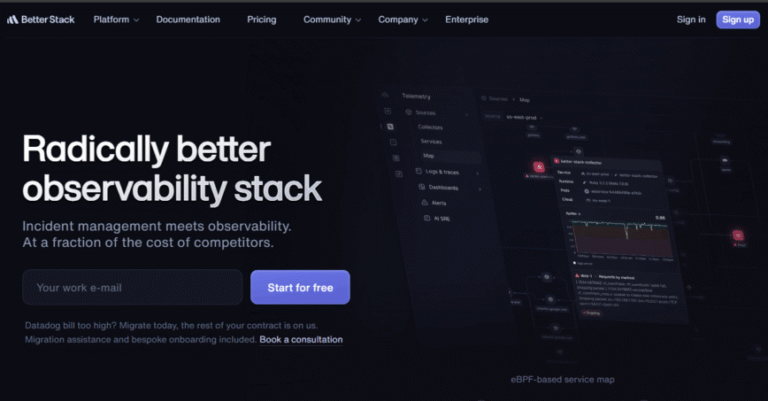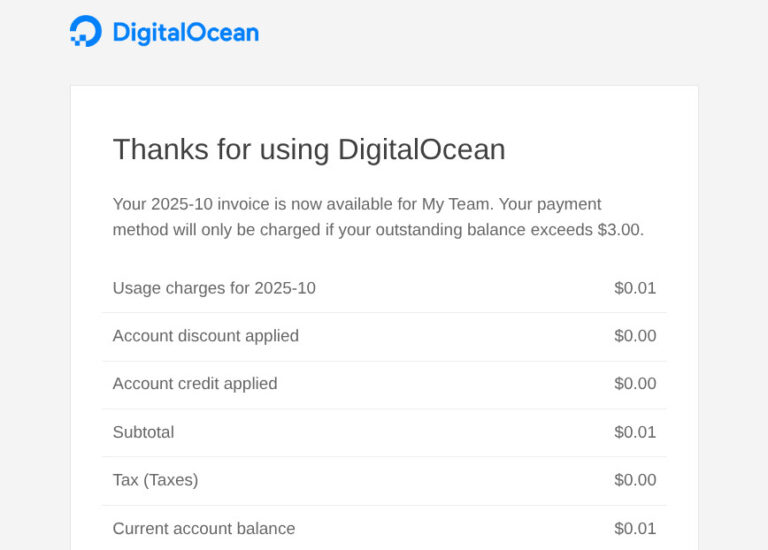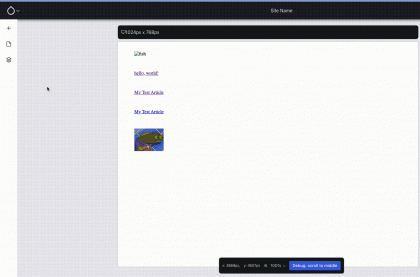
Adopting a multi-cloud strategy enables organizations to leverage the unique strengths of different providers. However, securing the resulting diverse environment can be challenging. Embracing cloud-agnostic security tools can help organizations overcome many of those challenges. By unifying and centralizing security tasks, they can mitigate risks more effectively and efficiently. Moreover, as the cloud landscape continues to evolve, organizations that prioritize and invest in robust multi-cloud security measures will be best positioned to thrive.
While application optimization and attention to budget are key drivers of multi-cloud adoption, other factors also play crucial roles. Relying on a single cloud provider creates a single point of failure, whereas a multi-cloud approach distributes risk. Data sovereignty and compliance requirements often necessitate using different providers across various geographic regions. Many companies aim to avoid vendor lock-in, mirroring their on-premises strategy. Additionally, mergers and acquisitions can bring together organizations that have different cloud infrastructures in place. Taking a multi-cloud approach can be more practical than consolidating everything onto a single platform, since this strategy allows for smoother integration while leveraging existing investments and expertise across multiple cloud environments.
Key Drivers of Multi-cloud Adoption
Since cloud providers each offer a unique set of features, services and tools, some applications simply work better in one cloud environment than another. By adopting a multi-cloud approach, organizations can match each workload or application to the most suitable provider and thereby maximize performance and efficiency. In addition, cloud providers vary in their pricing models, which can make one option more cost-effective than others for a particular workload.
For instance, Azure security solutions are deeply integrated with the broad range of both legacy and newer Microsoft products and services, while Amazon Web Services (AWS), designed without legacy commitments, uses a more flexible system. Both platforms evaluate policies to grant or deny access requests, but the specific evaluation logic and order may vary between the two platforms: Microsoft employs a traditional permission-based identity and access management (IAM) model, while AWS uses IAM policies written in JSON to control access.
Challenge of Data Security Across Multiple Clouds
The cloud is constantly changing, with not just new products but new core technologies being introduced at an astonishing rate. While the changes are often extremely beneficial, they also pose significant challenges for cybersecurity teams. New technologies inevitably introduce new vulnerabilities that must be swiftly identified and addressed.
Expanded Attack Surface
For example, this approach allows for consistent data classification, file tagging and access control policies across all the major cloud platforms. As a result, security personnel need to master just one access control policy system, instead of having to gain deep expertise in each one individually. This enables security professionals to focus more on securing sensitive data and less on adapting and learning. Moreover, data classification topped the list of security measures organizations plan to implement in the cloud, according to the 2024 Netwrix Hybrid Security Trends Report.
Need to Master Different Security Approaches Used by Cloud Providers
All major cloud vendors take security seriously, but their approaches differ. As a result, organizations that utilize multiple cloud platforms must invest more time and effort in order to fully understand all the underlying methodologies.
A primary concern in a multi-cloud strategy is the expanded attack surface. Utilizing multiple clouds creates more areas requiring data protection, just as having multiple sites does in an on-premises environments. In addition, a multiple-cloud strategy increases the potential entry points for threat actors.
Shortage of Cloud Diversity Experts
By Jeff Warren
There is an adage that says you can’t be all things to all people. While this principle applies to many facets of life and business, it is also true when it comes to cloud computing: No single cloud provider can offer the optimal solution for every conceivable use case. Each provider has developed unique strengths, specializations and feature sets that cater to different needs and scenarios. This diversity allows companies to strategically leverage multiple cloud environments in order to create a more comprehensive and tailored solution that satisfies their specific requirements.
The Dynamic Nature of the Cloud
However, many organizations underestimate the extent of their role in this model, especially when they are navigating the specifics of security in each of multiple cloud environments. A thorough understanding of the shared responsibility boundaries for each cloud platform is essential to implementing comprehensive security measures and avoiding potential vulnerabilities due to misaligned expectations.
A common thread among cloud vendors is their adherence to the shared responsibility model: Providers secure their platforms, while customers are responsible for safeguarding their own data.
Shared Responsibility Model
Much like global summits require translators to bridge language barriers, organizations need a translation layer that will streamline management across their various cloud platforms. Increasingly, they are turning to platform-agnostic security tools from third-party vendors that provide cybersecurity solutions with a unified interface and a single operational model across multiple cloud environments.
The cloud is no different: Cybersecurity professionals often lack equal expertise across different vendor platforms. There are no shortcuts to gaining the necessary knowledge and experience, and the stakes are high — a simple misconfiguration or erroneous click could inadvertently expose sensitive data to the internet. This skills gap poses a significant challenge in effectively managing and securing diverse cloud environments and underscores the importance of continuous investment in training when adopting a multi-cloud strategy.
Overcoming Multi-Cloud Security Challenges with Platform-Agnostic Solutions
Utilizing multiple clouds brings a new level of complexity to the IT infrastructure and makes the work of cybersecurity teams significantly more complicated. This article explores the main data security challenges that organizations face when operating across more than one cloud and provides recommendations on how to address them.
In this fast-paced ecosystem, organizations can struggle to balance innovation with robust security. The critical challenge lies in ensuring that security measures keep pace with the relentless speed of cloud transformation. This dynamic environment demands agility and continuous learning from security professionals, who must adapt their strategies and tools as quickly as the cloud landscape changes.
Along with the abundant advantages, however, cloud diversity presents significant cybersecurity challenges, from the need for additional technical controls to more human factors.
On-prem IT teams are often structured by specific skill sets, like data storage or virtualization platforms. However, individuals are often better versed in one solution than another, such as knowing Oracle far better than SQL Server.
The implementation process for such solutions typically begins with a comprehensive risk assessment. Third-party tools can analyze an organization’s existing environments, identify sensitive and overexposed data, and provide recommendations based on established security standards. This initial evaluation forms the foundation for a robust, unified security strategy across the multi-cloud infrastructure.






